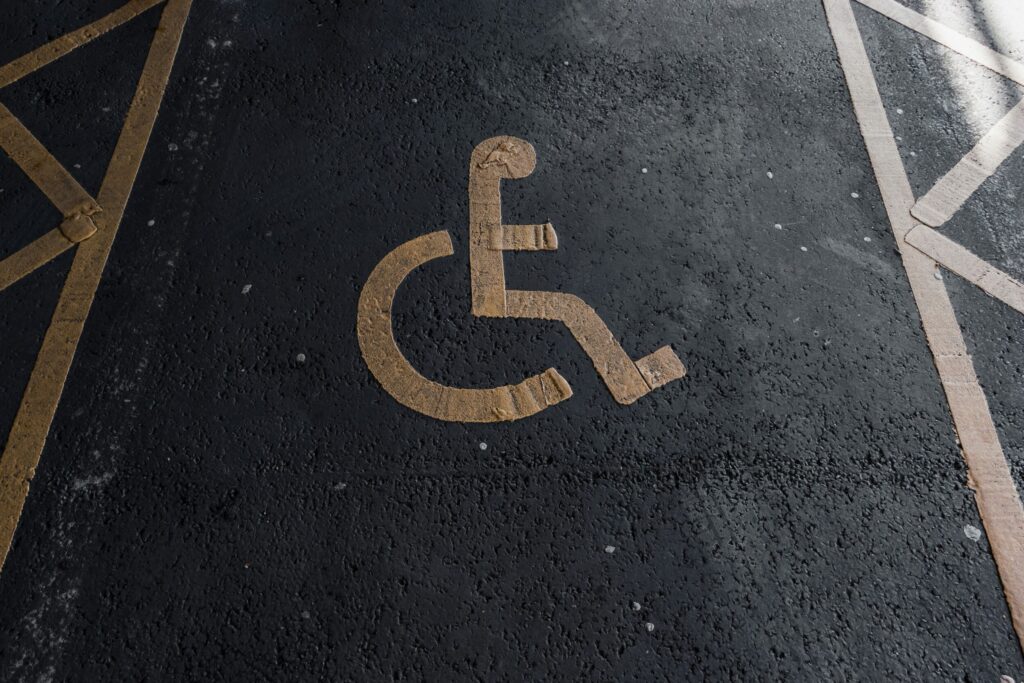A birth injury results when harm is caused to the mother or baby during pregnancy or at the time of labor. These injuries can be minor, and result in bruising and swelling that heal after a few weeks. However, in some cases, birth injuries may be severe and result in permanent disability where either the baby or mother may require lifelong medical care. Severe birth injuries are caused by a majority of factors but in most cases, they occur as a result of medical negligence and mistakes caused by the attending medical professionals.
Understanding the emotional, financial, mental, and physical toll that a birth injury can cause to you and your family members, we have compiled a list of four easy steps you can take to make sure that your child’s suffering is not in vain, and that you receive compensation that is fair to you.
1. Learn about the different types of birth injuries.

A report published by the Centers for Disease Control and Prevention (CDC) found that nearly seven out of 1,000 births carried out in the United States result in birth injuries. Further to this, the Birth Injury Guide states that “28,000 people per year are born with a birth injury, which is 2,333 people per month, 538 people per week, 76 people per day, and three people per hour.” Some of the most common birth injuries include; cerebral palsy, facial paralysis, spinal cord injuries, Brachial Plexus Palsy (Erb’s Palsy), maternal death, brain damage, and bone fractures.
Additional to this, the National Healthcare Quality Report (AHRQ) attributed 4.33 of every 1,000 birth injuries that occurred in the year 2000, in the United States to private for-profit hospitals, and 7.15 of every 1,000 birth injuries in that year to private non-profit hospitals. Knowing this, it is important to make yourself aware of the common types of birth injuries.
2. Learn how various birth injuries occur.

In most cases, scoliosis is a birth defect that is caused by an abnormal curvature of the spine. A normally shaped spine curves at the lower back and at the top of the shoulder. If the spine curves to create a “C” shape or “S” shape, then you may have scoliosis. While the main cause of scoliosis is not yet known, it may result from spina bifida, cerebral palsy, a genetic predisposition, and medical errors made during the birthing process.
Scoliosis that develops during the birthing process and as a result of a medical error made at birth could result from:
- A neck or back injury. The use of forceps during vaginal childbirth helps the medical practitioner guide the baby’s head through the birth canal. The medical forceps used in most childbirth’s resemble a salad tong or two large spoons. If too much force is applied in the process, the trauma caused may damage the baby’s neck, resulting in scoliosis.
- Oxygen deprivation. When a baby is deprived of adequate oxygen supply at birth they are likely to develop life-long disabilities and behavioral problems such as attention deficit hyperactivity disorder (ADHD), autism, cerebral palsy, and scoliosis.
- Infection. Infections may result in the spinal curve progression of the baby and result in scoliosis.
3. Seek legal advice from several birth injury attorneys.
You are entitled to compensation if you believe that your child has suffered a birth injury as a result of medical malpractice. A majority of malpractice victims do not enlist the services of a personal injury lawyer because they do not know that their case qualifies as medical malpractice. Most birth injury lawsuits have a statute of limitations, and once this expires, it may become difficult to seek compensation for the damages suffered.
According to Illinois law, for instance, any birth injury claim filed against the attending surgeon, hospital, or other medical staff should be filed two years from the date the birth injury occurred. Nonetheless, it is impossible to file a medical malpractice lawsuit after four years from the time which the injury occurred. However, following a birth injury, the claimant has up to eight years to file a medical malpractice lawsuit.
To avoid restrictions resulting from this limited time period for filing a birth injury claim, you should contact a Chicago birth injury lawyer. Perhaps you may be wondering what markers to look out for in order to verify your birth injury claim. If this is the case, here are some common medical errors to look out for:
- Failure to identify and treat critical health conditions in the child or mother, fetal distress for instance.
- Poor care during the delivery process resulted in a birth injury.
- Wrong administration of medication.
- Failure to treat infections.
- A medical misdiagnosis.
The type of compensation that may be awarded to you could vary but in most cases, it should be able to account for the cost of special education, pain and suffering, emotional distress, diminished quality of life, and medical bills. With scoliosis, for instance, there are different types of scoliosis—congenital scoliosis, degenerative scoliosis, adolescent idiopathic scoliosis—and each of these requires special scoliosis treatment — which is not cheap.
Further to this, scoliosis treatment may also require specialized physical therapy, chiropractic treatment, and nutritional supplements. Some of these treatment options are not covered by some insurance companies and so the added financial strain that they cause should be accounted for in your birth injury case. Knowing this, you will need a super lawyer, preferably one who is well versed in personal injury and medical malpractice, to help you with your case.
4. Hire a personal injury attorney.

Finding a birth injury attorney in Chicago can seem difficult, especially if you’re trying to come to terms with the emotional and physical implications of dealing with your child’s birth injury. Knowing this, the attorneys at the Schwaner Injury Law firm in Chicago can help you with this.
With over 10 years of experience in dealing with personal injury cases, their team of professionals makes themselves readily available to you. They offer a free case evaluation and only accept payment on a contingency fee basis. This means that they do not accept any payment from you until your case is won, which guarantees you that they will win you fair compensation, or at the very least, the maximum compensation from your medical malpractice case.
Their experienced personal injury attorneys understand the financial and emotional stress that a medical malpractice case can have on you and your family members. They are dedicated to serving you with compassion and will promise to walk with you every step of the way until your case is won, and you receive the fair compensation that is owed to you.
A good attorney will also guide you on how to carry yourself during a court proceeding and offer useful tips on what to expect during the proceedings. For instance, what to wear, how to behave, and even how to stay nutritionally fit. In most cases, your attorney will recommend that you stay hydrated. Personal injury cases can be emotional, with the issues discussed bringing up painful emotional trauma. To avoid dehydration from crying, for instance, they may recommend that you drink large amounts of water, even recommending you carry a 4 litre water bottle with you.












